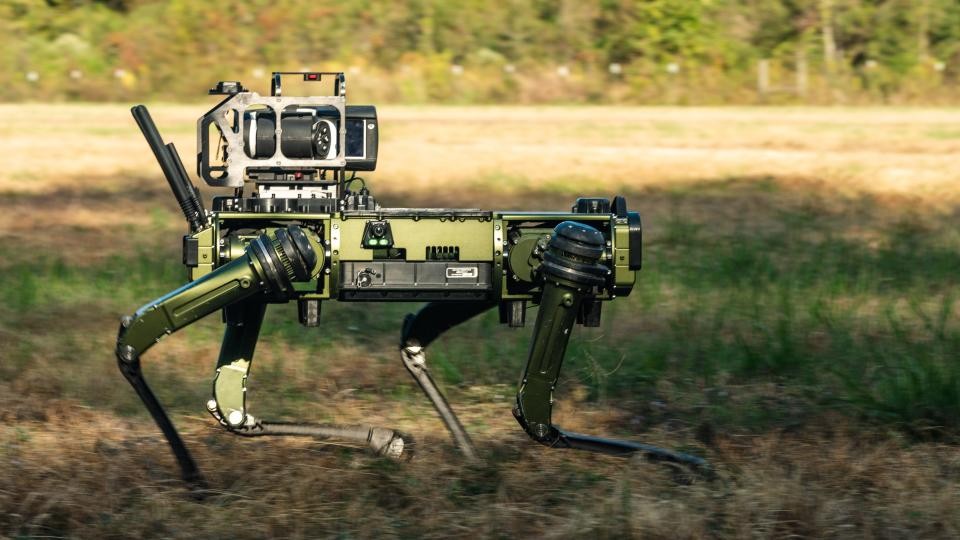
Military forces worldwide are deploying an unsettling new technology that looks straight out of science fiction - robotic dogs equipped with weapons ranging from rifles to rocket launchers and even flamethrowers.
These quadrupedal unmanned ground vehicles, which first emerged in the early 2000s with Boston Dynamics' "BigDog," are now being actively tested and deployed by major military powers including the US, China, and Russia.
The US military has been particularly active in developing these mechanical canines. The Marine Corps has tested versions carrying remote assault rifles and anti-armor rocket launchers, while the Army has integrated them into urban assault drills. At Fort Drum's "Operation Hard Kill," the Army tested a robot dog equipped with an AI-enhanced service rifle for counter-drone operations.
China has matched these developments, showcasing its own armed robotic dogs at military exercises. Chinese state media has displayed footage of these machines running shooting ranges with mounted automatic rifles. Russia has also entered the arena, demonstrating a robot dog carrying an anti-tank weapon at a 2022 army trade show.
These mechanical hounds serve multiple roles beyond combat. They perform reconnaissance, explosive ordnance disposal, and security patrols. The US Air Force uses them to respond to nuclear and chemical threats, while some provide security at military installations.
Perhaps most notably, robot dogs have already seen actual combat deployment in the Ukraine war. British-made units are being used for reconnaissance and attacking troops, with Ukrainian commanders praising their ability to scout buildings and trenches where aerial drones struggle to operate.
What makes these machines particularly striking is how they mimic real dogs in both appearance and behavior. Videos show them jumping, rolling, and displaying dog-like movements - creating an uncanny valley effect that makes them both fascinating and unsettling.
As military forces worldwide continue developing and deploying these robotic quadrupeds, they represent a growing trend toward unmanned systems in modern warfare. Their combination of mobility, versatility, and potential lethality suggests they will play an increasingly prominent role in future conflicts.